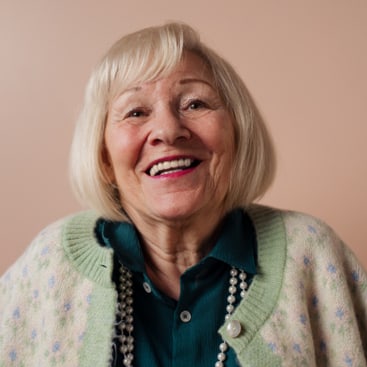By: Brian Prouty
Assisted Living Communities: A Guide to Finding the Right Fit
How do you tell one assisted living community from another? With 250+ licensed assisted living communities in King, Pierce, and Snohomish Counties alone, making a decision can feel overwhelming. Each community offers unique services, levels of care, and branding, making it essential to understand your loved one’s specific needs before choosing.
What Is Assisted Living?
The term assisted living is often defined as “a community providing housing, basic services, and general responsibility for the safety and well-being of residents, along with support for activities of daily living (ADLs).”
These ADLs include:
- Dressing
- Grooming
- Bathing
- Using the restroom
- Eating
- Ambulation (walking)
- Medication management
However, not all assisted living communities offer the same level of care. Some may only provide minimal assistance, while others are equipped to manage more complex needs, such as transfers, incontinence care, and dementia support.
Levels of Care in Assisted Living Communities
To simplify the differences, think of assisted living communities on a 1-10 scale:
- Level 1-4: Communities offering minimal assistance, ideal for seniors who are mostly independent.
- Level 5-7: Communities providing moderate care, helping with ADLs but with limitations on complex medical needs.
- Level 8-10: Communities offering extensive care, including 24/7 staff, nurses, and advanced support for conditions like dementia or mobility challenges.
Understanding the level of care needed helps narrow down options and ensures your loved one is placed in a community that meets their current and future needs.
Why Do Assisted Living Communities Differ?
The variations in assisted living communities arise from factors such as:
1. Care Model and Staff
Communities that focus on elevated care typically employ more staff, including licensed nurses, and provide extended nursing hours. Conversely, communities prioritizing a more independent lifestyle may have fewer staff and offer limited care services.
2. Costs and Branding
Some communities cater to a luxury lifestyle, emphasizing amenities like golf course views or fine dining, while offering less intensive care. Others prioritize high-level care, focusing on the needs of residents with chronic health conditions or significant mobility challenges.
3. Marketing and Image
The image of youthful, active residents appeals to many seniors and their families. This focus on independence and vibrancy often influences the services offered. However, it’s crucial to look beyond the marketing and assess whether the community aligns with your loved one’s care needs.
How to Choose the Right Assisted Living Community
Selecting the right community involves balancing care needs, budget, and long-term planning. Here are a few tips:
- Assess Short and Long-Term Needs
Consider both current needs and potential future requirements, such as memory care or mobility assistance. - Tour Multiple Communities
Visit several senior living communities to compare services, amenities, and staff interactions. - Talk to a Professional Care Advisor
An experienced advisor can guide you through the options, provide insights into the level of care offered, and help match your loved one with the right community.
Partner with Professional Advisors
Navigating the 250+ assisted living communities in Washington State can be daunting. That’s where Concierge Care Advisors comes in. Our team of local elder care advisors knows the ins and outs of senior care options, from luxury independent living to high-level care facilities. We provide personalized guidance to ensure your loved one finds the perfect fit without stress.
Let us help you explore senior living communities and make confident decisions for your family. Contact Concierge Care Advisors today to get started.
























